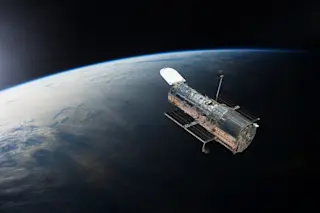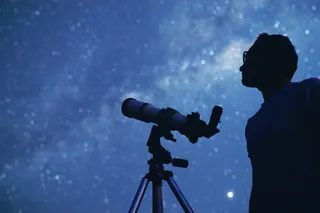The Hubble telescope, which has served as an incredibly advanced window into the universe for over thirty years, has recently struggled with several less-than-stellar service disruptions.
But, NASA officials insist, the telescope’s legacy is far from finished — and it’s projected to remain active well into the next decade.
Over the past six months, Hubble has repeatedly experienced technological malfunctions, causing the telescope to enter “safe mode” and temporarily pause viewing as scientists on the ground work to repair issues from afar. Almost all of these service disruptions have resulted from a failing gyroscope, a device that controls the direction in which the telescope is pointed and measures its turning rate.
The telescope was outfitted with six new gyros during NASA’s “fifth and final” in-person repair mission in 2009. But today, just three of those gyros are still functional, including the one gyro that has repeatedly malfunctioned and caused disruptions ...














